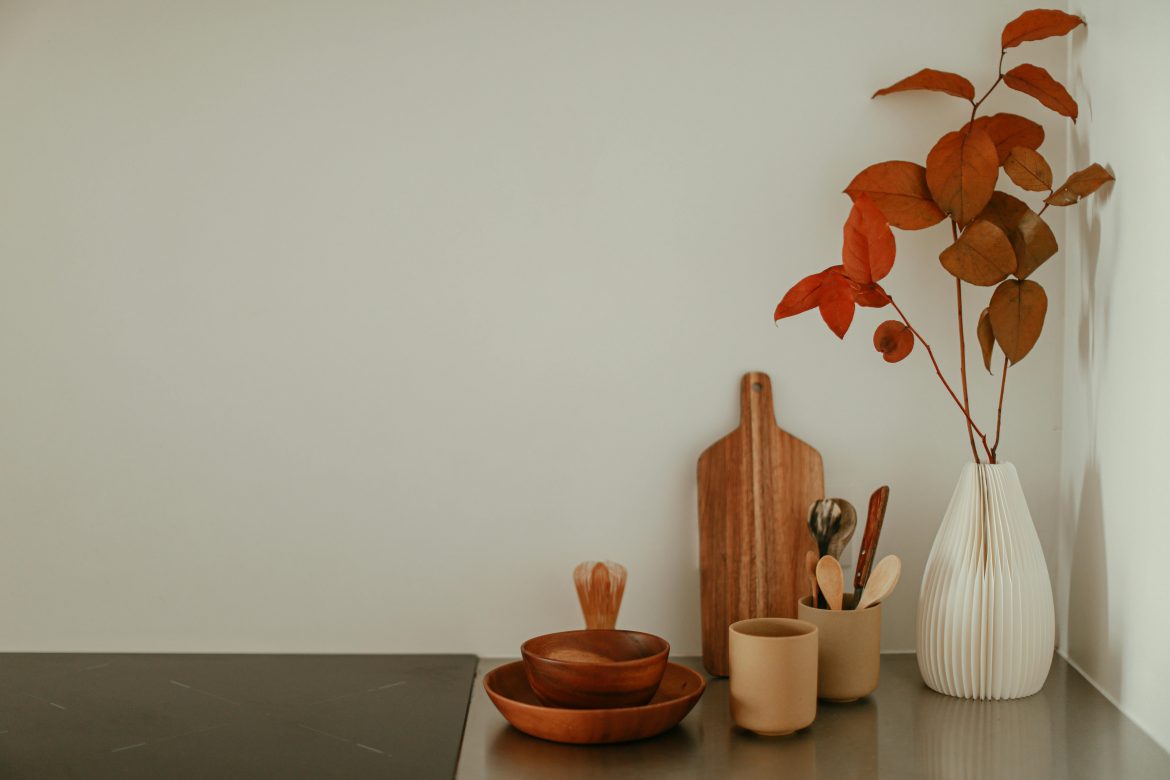Wooden utensils are kitchen staples that deserve proper care. Luckily, keeping them clean and long-lasting doesn’t require fancy products or complicated routines, just a little attention and the right techniques. From everyday maintenance to deep cleaning (and knowing when it’s time to replace them), here’s how to give your wooden utensils the care they deserve.
Daily care and maintenance
Wood is naturally porous; it absorbs residues and particles from food, liquids, and even harsh chemicals. Wooden utensils do need some special care, but it’s pretty straightforward and not as complicated as you might imagine. Taking the time to incorporate a daily care routine will make your wooden utensils last a lot longer, giving you more value for money. You can achieve this in just two easy steps:
- A quick wash: Never dishwash wooden utensils, or soak them for longer than 30 minutes. This exposure to heat and water may lead to warping, splitting and cracking. Instead, scrub them in warm soapy water with a soft sponge.
- Dry thoroughly: Wipe most of the water with a kitchen towel, then proceed to air-dry. Never store wet or even damp wooden utensils.
Top Tip: Oil your wooden utensils once a month to preserve the wood and protect it from harbouring harmful bacteria.
How to deep clean wooden utensils
If you notice your wooden utensils have minor stains, discolouration or odours, it’s time for a deep clean. Or, if it’s been around six months of consistent use, it’s always a good idea for some TLC. Here’s how:
- A quick soak: Prepare a large container (or pot) with hot water and stir in a tablespoon or two of bicarbonate of soda. When dissolved, add your wooden utensils and soak for 15 to 20 minutes.
- Lemon and bicarb scrub: If there are a few stains or odours that remain after soaking, you can scrub utensils with a lemon juice (or vinegar) and bicarbonate of soda paste. You should use a soft sponge (never a metal scrubby) or the cut lemon half. Scrub for about five minutes.
- Wash as usual: Give your utensils a good wash with warm, soapy water.
- Dry thoroughly: Wipe down and air dry. Never put wooden utensils in a warm oven or in direct sunlight to dry; the heat may cause them to crack.
- Oil it before storing it: Your final step involves giving your wooden utensils a light oiling before storing them. Use a paper towel to spread a drop or two of neutral oil (like peanut or sunflower) all over the utensil. Give the utensil about 5 minutes or so to fully absorb the oil before storing it in a cool and dry cupboard.
5 signs you need to replace your wooden utensils
Not everything is made to last, especially wooden utensils exposed to heat and moisture daily. No amount of deep cleaning or oiling can return them to their former glory.
If you spot any of these signs, it’s time for a replacement:
- Visible cracks and splits: Wood is already porous, absorbing food stains and odours. When not well-maintained, it becomes a breeding ground for harmful bacteria. Furthermore, if your wooden utensils have cracked or split, they are at higher risk of trapping moisture and foods—bacteria’s best friends.
- Rough touch: Over time and consistent exposure to heat and moisture, wooden utensils can lose their smooth texture and become rough to the touch. This rough texture not only catches and potentially traps food bits and moisture, but can also cause damage to your cookware.
- Stubborn stains and odour: If your wooden utensils have stubborn stains or odours that don’t go away after a thorough deep clean, it indicates that food residue and oils have deeply penetrated the wood, causing lingering odours and a risk of harmful bacterial growth.
- Soft or flaking wood: These are indicators of wood that has started to break down. You’ll be at risk of eating splinters or flakes of wood with continuous use (not the secret ingredient we’d hope for).
- Warping: Warped wood, from prolonged exposure to moisture, does not offer reliability. Not to mention the risk of further splitting, cracking and harmful bacterial growth.

